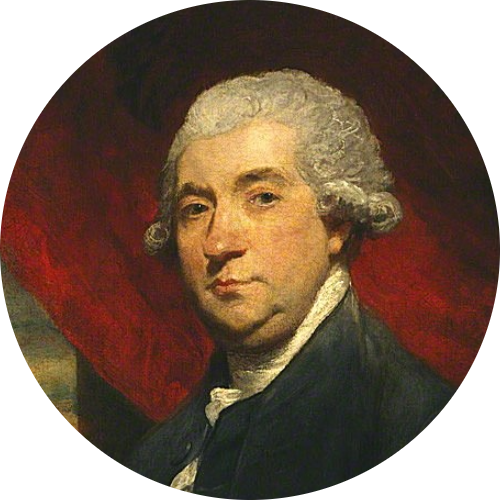Biography
Captain MacLeod of Balmeanach has variously been identified as either a John or a Roderick MacLeod, with the possibility that the two are in fact the same person referred to by two different names.
In all probability, the Captain MacLeod encountered by Boswell and Johnson at the top of Rattachan was the son of Donald MacLeod of Balmeanac (ca. 1688-1756).
According to The Brave Sons of Skye, Roderick MacLeod was born in 1728, and, on February 6, 1757, joined the Scots Brigade in Holland as ensign. On January 3, 1763, he was promoted to the rank of lieutenant. On March 9, 1774, he became a captain, and in February 1783 his name appears in the Dutch War Office Records with the rank of Major. He retired from the Scots Brigade in 1787. About 1780, Major MacLeod married Miss Campbell, Ardnamurchan , with issue, several sons (all of whom were doctors, and died young) and a daughter, Margaret, who married MacLean of Ostal, in Skye, whose son was the Reverend Roderick MacLean, minister of South Uist.
According to another source, Roderick returned to Skye to become tacksman of Balmeanach in 1788. When the tack of Balmeanach expired in 1811, Major Roderick MacLeod, who was then eighty-three years of age, took up residence at Vatten, in the parish of Duirinish, where he died, according to the SCOTS MAGAZINE, on October 31, 1814, aged eighty-six years. He was the last of the family to occupy Balmeanach.
Life with Boswell
On September 1, 1773, Boswell and Dr Johnson encountered Capt. MacDonald, as he then was, at the top of Rattachan mountain near Glenelg.
